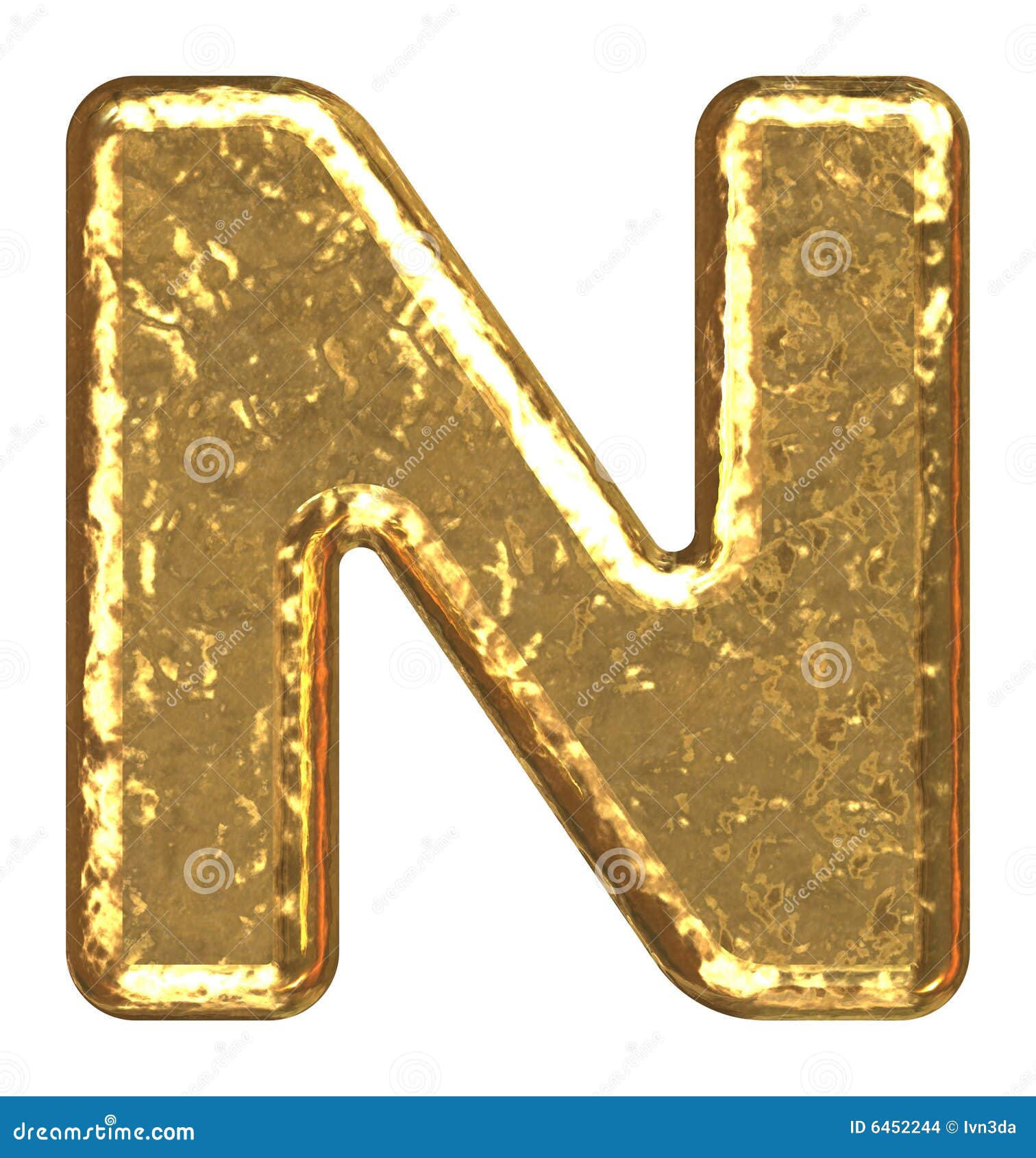

Both letters were used for the phoneme /θ/, sometimes by the same scribe. Unlike eth, thorn remained in common use through most of the Middle English period. The letter thorn was used for writing Old English very early on, as was ð, called eth. In typography, the lowercase thorn character is unusual in that it has both an ascender and a descender (other examples are the lowercase Cyrillic ф, and, in some fonts, the Latin letters f and ſ ). Modern Icelandic usage generally excludes the latter, which is instead represented with the letter eth ⟨Ð, ð⟩ however, may occur as an allophone of /θ̠/, and written ⟨þ⟩, when it appears in an unstressed pronoun or adverb after a voiced sound. However, in modern Icelandic, it is pronounced as a laminal voiceless alveolar non-sibilant fricative, similar to th as in the English word thick, or a (usually apical) voiced alveolar non-sibilant fricative, similar to th as in the English word the. It is pronounced as either a voiceless dental fricative or its voiced counterpart. The only language in which þ is currently in use is Icelandic. It is similar in appearance to the archaic Greek letter sho (ϸ), although the two are historically unrelated. The letter originated from the rune ᚦ in the Elder Fuþark and was called thorn in the Anglo-Saxon and thorn or thurs in the Scandinavian rune poems.

It was also used in medieval Scandinavia, but was later replaced with the digraph th, except in Iceland, where it survives. Thorn or þorn ( Þ, þ) is a letter in the Old English, Old Norse, Old Swedish and modern Icelandic alphabets, as well as modern transliterations of the Gothic alphabet, Middle Scots, and some dialects of Middle English.

For the distinction between, / / and ⟨ ⟩, see IPA § Brackets and transcription delimiters. For an introductory guide on IPA symbols, see Help:IPA. This article contains phonetic transcriptions in the International Phonetic Alphabet (IPA).


 0 kommentar(er)
0 kommentar(er)
